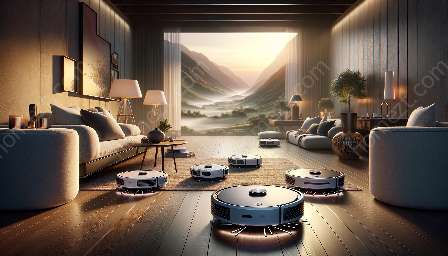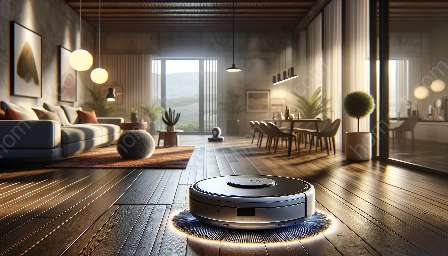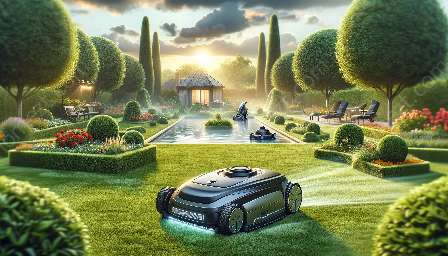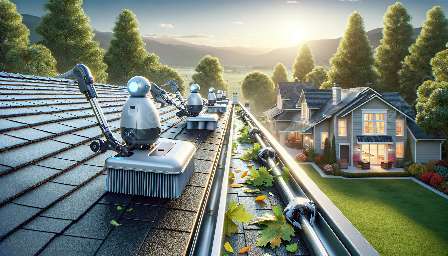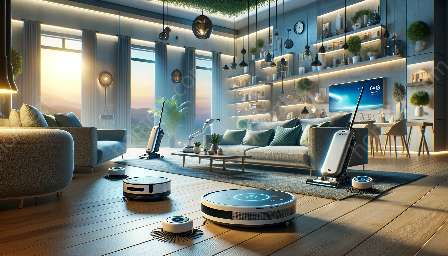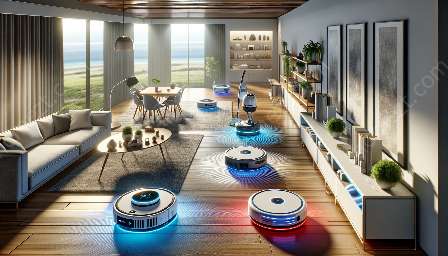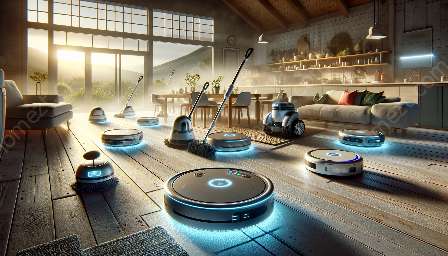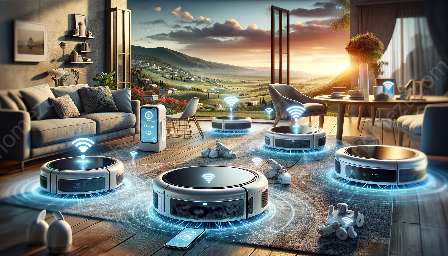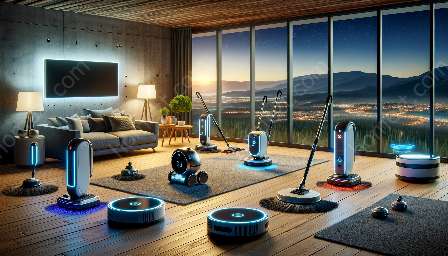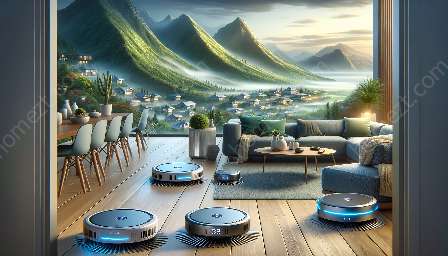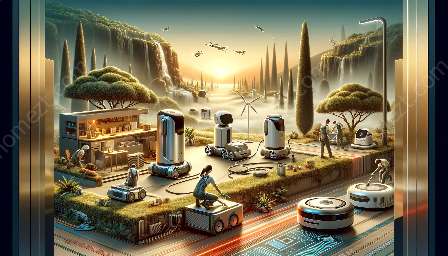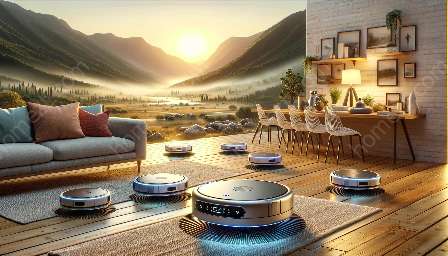Obstacle detection and avoidance systems are crucial components of robotic cleaners, enabling them to navigate around obstacles with precision, efficiency, and safety. These systems have evolved significantly, incorporating advanced technologies such as sensors, artificial intelligence, and machine learning to enhance their capabilities.
Understanding Obstacle Detection and Avoidance Systems
Obstacle detection and avoidance systems in robotic cleaners are designed to identify and navigate around various obstacles in their operational environment. These obstacles can include furniture, walls, pets, and other objects that may hinder the cleaning process. The ability to detect and avoid these obstacles is essential for robotic cleaners to operate autonomously and effectively.
The fundamental principle behind obstacle detection and avoidance systems is to equip the robotic cleaner with sensors that can perceive the surrounding environment accurately. These sensors enable the robotic cleaner to gather data about the obstacles in its path and make real-time decisions to navigate around them. As a result, the cleaner can move seamlessly from one location to another without getting stuck or causing any damage.
Technologies Driving Obstacle Detection and Avoidance Systems
Several technologies are instrumental in powering obstacle detection and avoidance systems in robotic cleaners. One of the key technologies is the use of proximity sensors, which detect the presence of obstacles in close proximity to the cleaner. These sensors can be ultrasonic, infrared, or laser-based, providing different levels of accuracy and range for obstacle detection.
In addition to proximity sensors, robotic cleaners also utilize cameras and depth-sensing technologies to visually perceive the environment. This visual data is then processed using advanced computer vision algorithms to identify obstacles and plan the cleaner's path accordingly. Furthermore, many modern robotic cleaners incorporate lidar (Light Detection and Ranging) sensors, which emit laser pulses to create detailed 3D maps of the surroundings, enabling precise obstacle detection and navigation.
Artificial intelligence (AI) and machine learning are pivotal in enhancing the capabilities of obstacle detection and avoidance systems. By leveraging AI algorithms, robotic cleaners can learn from their interactions with different environments, continuously improving their obstacle detection and avoidance performance. These algorithms enable the cleaner to adapt to new obstacles and navigate complex environments with greater efficiency.
Benefits of Obstacle Detection and Avoidance Systems
The integration of obstacle detection and avoidance systems offers several benefits for robotic cleaners and their users. Firstly, these systems enhance the overall cleaning efficiency by ensuring that the cleaner can navigate throughout the space without interruptions. This, in turn, leads to more thorough and consistent cleaning results.
Moreover, obstacle detection and avoidance systems contribute to the safety of both the cleaner and the surrounding objects. By accurately identifying and avoiding obstacles, the risk of collisions and damage to furniture, walls, or other items is significantly reduced. This is particularly important for households with valuable or delicate furnishings.
Furthermore, these systems provide convenience and peace of mind to users, as they can trust the robotic cleaner to operate autonomously without constant supervision. The improved navigation capabilities also enable the cleaner to access hard-to-reach areas, maximizing its cleaning coverage and effectiveness.
Future Prospects of Obstacle Detection and Avoidance Systems
The future of obstacle detection and avoidance systems in robotic cleaners holds great potential for further advancements. As technology continues to evolve, we can expect even more sophisticated sensors and algorithms to be integrated into these systems. This will result in enhanced precision, adaptability to diverse environments, and seamless interaction with users and other smart devices.
Additionally, the integration of Internet of Things (IoT) connectivity will enable robotic cleaners to communicate and coordinate with other smart home devices, further optimizing their navigation and cleaning capabilities. By leveraging IoT, these cleaners can receive real-time updates about the environment, allowing them to dynamically adjust their cleaning patterns based on changing conditions.
In summary, obstacle detection and avoidance systems play a pivotal role in empowering robotic cleaners to operate efficiently, safely, and autonomously. As these systems continue to evolve, they will undoubtedly contribute to the ongoing revolution in home cleaning technology, offering users a seamless and intelligent way to maintain clean and healthy living spaces.

